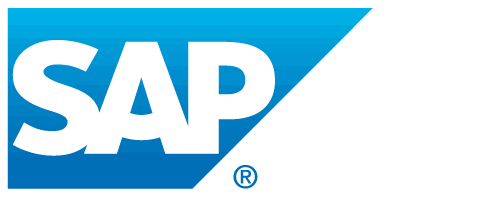One of the key challenges in introducing a new way of working is delivering the same or better user experience than when employees are using their preferred applications or hardware. If user experience isn’t considered a new technology rollout can fail in favour of existing solutions.
Here are the five fundamental do’s and don’ts in change management when it comes to technology:
Don’t assume you know best
Geography, skillset, and requirements make the employee population very diverse. Some individuals simply aren’t used to technology, and others can’t live without it. Colleagues in different time zones will have unique challenges and ways of working. Businesses shouldn’t assume what individuals want, how they work, or how they want to work. They need to put themselves in their employees' shoes and include them in the process early on by appointing an ambassador from each team within the business.
Do take them on the journey
The rollout of a new technology includes changing behaviour; therefore adoption can be emotionally driven. Consider how it will affect the users’ daily experience and what this means for their everyday tasks. There is often a perception that change is hard, so businesses need to ensure they’re engaging with employees early on to demonstrate how it will improve their working lives.
Don’t assume one size fits all
The challenges in rolling out a new technology are unique. Those faced by SMEs may be the strengths that drive success in larger businesses, and vice versa. In smaller organisations roles may be less clearly defined; managing the change may be the responsibility of several team members. However, this slightly more fluid approach can allow for a swifter deployment and successful integration. Craft an approach that works best for the organisation and take inspiration from how change has successfully been managed before.
Do plan for success
Teams need to be set up for success. If the objective of the rollout is clear it is easier to illustrate how to get there. For example, if the aim is to enable employees to be more productive will success be measured through activity? OGSM (objectives, goals, strategy, and measures) is a useful strategic planning process that can help by providing clear goals and identifying the strategic choices to achieve them.
Don’t forget to feed back
Finally, feed back on the successes and challenges of the rollout to illustrate how it is making a difference to not only the business as a whole, but also to the success of individual teams. This could be distributed through an internal newsletter, or teams could be encouraged to share feedback directly with their colleagues.
When rolling out a new technology businesses should not only be addressing an organisational need, but also facilitating its employees with an experience – it’s up to the business what kind of experience it wants users to have. After all, you can lead an employee to new technology, but you can’t make them click.
Klaer Brooker is group head of HR transformation at Computacenter










